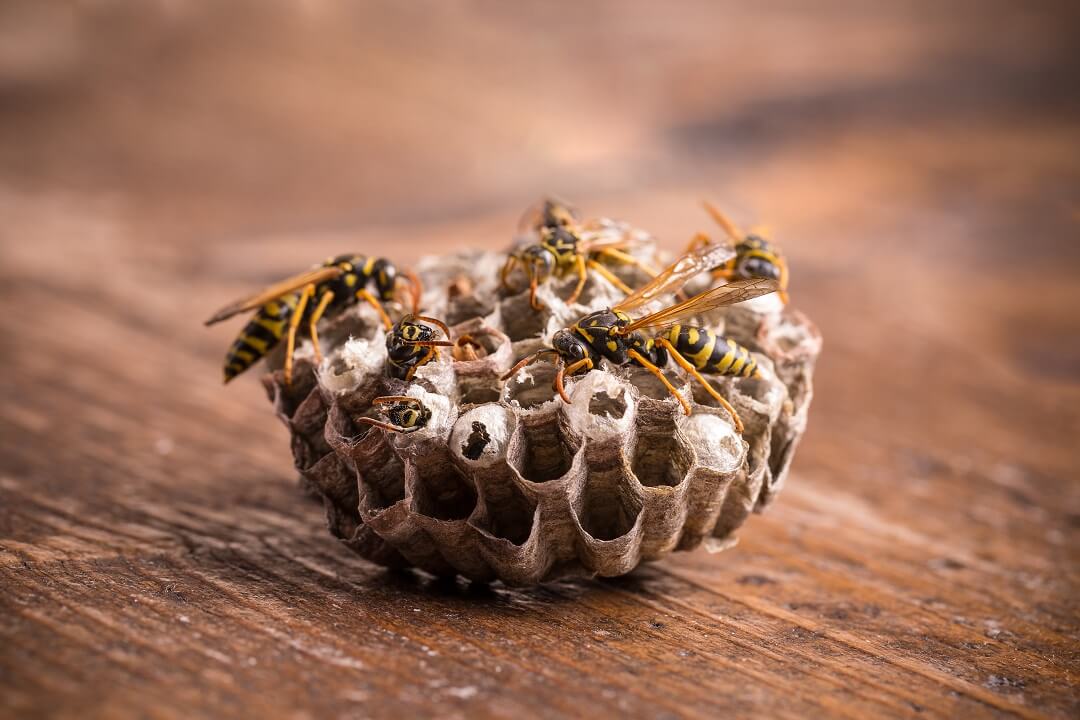Many entomologists, biologists and other experts believe that wasps may be the most species-rich group of animals on the planet, as a massive number of tiny parasitoid wasp species have been documented all over the world. Most wasp species are solitary insects that pose little or no threat to humans, but this is not the case when it comes to the social wasps that most people are familiar with. In California, social wasps can be divided into two groups. One group, paper wasps, are able to inflict venomous stings to humans, which are painful and potentially dangerous due to the possibility of suffering a severe allergic reaction in response to the venom.
While many paper wasp species possess a clearly visible and fierce looking stinger, and are unusually large in body size, paper wasps are not particularly aggressive toward humans. In fact, paper wasps are unlikely to sting humans unless the insects are carelessly handled or are provoked. The second wasp group in California, yellow jackets, are well known for inflicting painful and medically significant stings to humans. Those with a known allergy to insect venom may experience anaphylactic shock in response to yellow jacket stings, which can be deadly without rapid medical intervention.
Yellow jacket nests are frequently found in residential and urban areas of Ventura County, and foraging yellow jackets swarm into residential areas during the fall in order to seek out human food sources, which often results in unwanted encounters with the dangerous insects. While yellow jacket baits exist, most pest control professionals agree that yellow jacket activity around homes cannot be reliably controlled to enhance public safety.
Residents do not need a license to purchase yellow jacket traps from retailers, and while these traps may be somewhat effective at reducing the number of foraging yellow jackets on a property, their does not exist any over-the-counter method of controlling or exterminating the insects. There only exists one single insecticide bait product approved for yellow jacket treatments, but studies have found this bait to be ineffective. However, many pest control professionals apply insecticidal dusts to subterranean yellow jacket nests in order to exterminate a colony before removing a nest. Contacting a pest control professional over yellow jacket issues is important if their subterranean nests are found in yards, or if their carton nests are found near, or within homes.
Have you ever removed or exterminated an active yellow jacket nest without professional assistance? Get an wasp control Estimate today.


